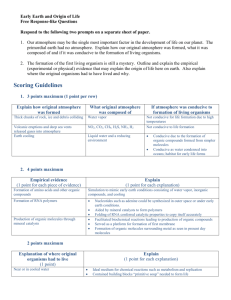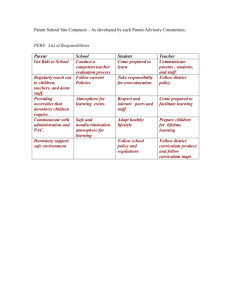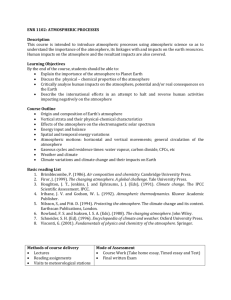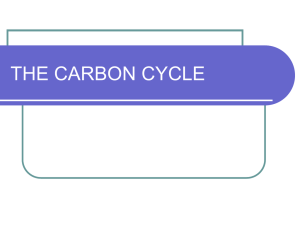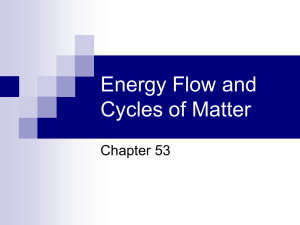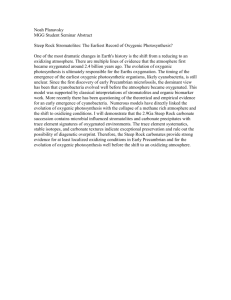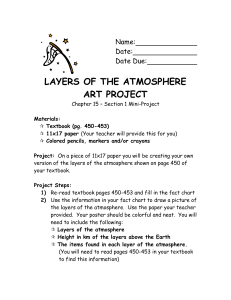Abstract
advertisement
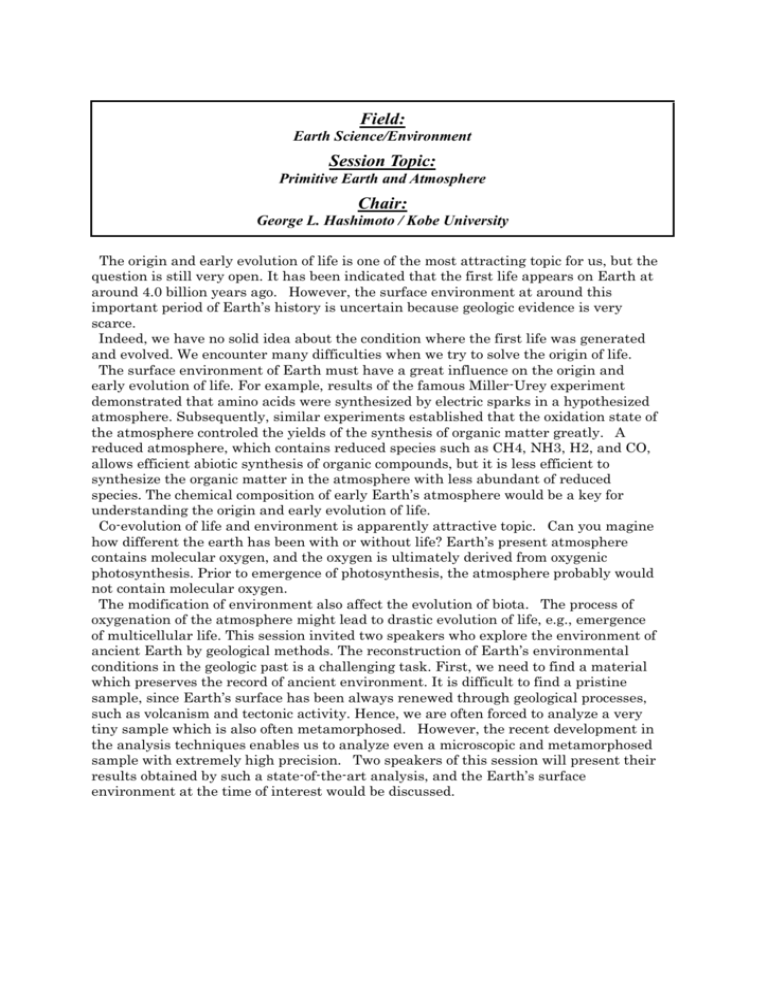
Field: Earth Science/Environment Session Topic: Primitive Earth and Atmosphere Chair: George L. Hashimoto / Kobe University The origin and early evolution of life is one of the most attracting topic for us, but the question is still very open. It has been indicated that the first life appears on Earth at around 4.0 billion years ago. However, the surface environment at around this important period of Earth’s history is uncertain because geologic evidence is very scarce. Indeed, we have no solid idea about the condition where the first life was generated and evolved. We encounter many difficulties when we try to solve the origin of life. The surface environment of Earth must have a great influence on the origin and early evolution of life. For example, results of the famous Miller-Urey experiment demonstrated that amino acids were synthesized by electric sparks in a hypothesized atmosphere. Subsequently, similar experiments established that the oxidation state of the atmosphere controled the yields of the synthesis of organic matter greatly. A reduced atmosphere, which contains reduced species such as CH4, NH3, H2, and CO, allows efficient abiotic synthesis of organic compounds, but it is less efficient to synthesize the organic matter in the atmosphere with less abundant of reduced species. The chemical composition of early Earth’s atmosphere would be a key for understanding the origin and early evolution of life. Co-evolution of life and environment is apparently attractive topic. Can you magine how different the earth has been with or without life? Earth’s present atmosphere contains molecular oxygen, and the oxygen is ultimately derived from oxygenic photosynthesis. Prior to emergence of photosynthesis, the atmosphere probably would not contain molecular oxygen. The modification of environment also affect the evolution of biota. The process of oxygenation of the atmosphere might lead to drastic evolution of life, e.g., emergence of multicellular life. This session invited two speakers who explore the environment of ancient Earth by geological methods. The reconstruction of Earth’s environmental conditions in the geologic past is a challenging task. First, we need to find a material which preserves the record of ancient environment. It is difficult to find a pristine sample, since Earth’s surface has been always renewed through geological processes, such as volcanism and tectonic activity. Hence, we are often forced to analyze a very tiny sample which is also often metamorphosed. However, the recent development in the analysis techniques enables us to analyze even a microscopic and metamorphosed sample with extremely high precision. Two speakers of this session will present their results obtained by such a state-of-the-art analysis, and the Earth’s surface environment at the time of interest would be discussed.

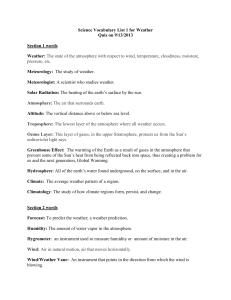
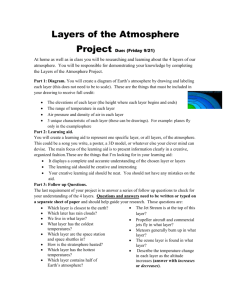

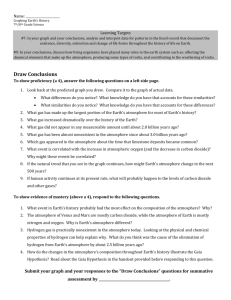


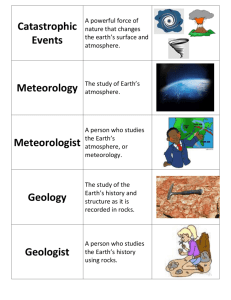

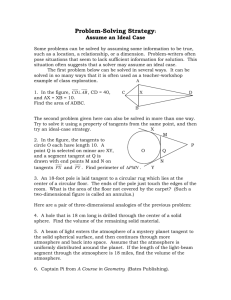
![[#DASH-191] Replace JERSEY REST implementation by](http://s3.studylib.net/store/data/005918124_1-33fb89a22bdf4f7dbd73c3e1307d9f50-300x300.png)


